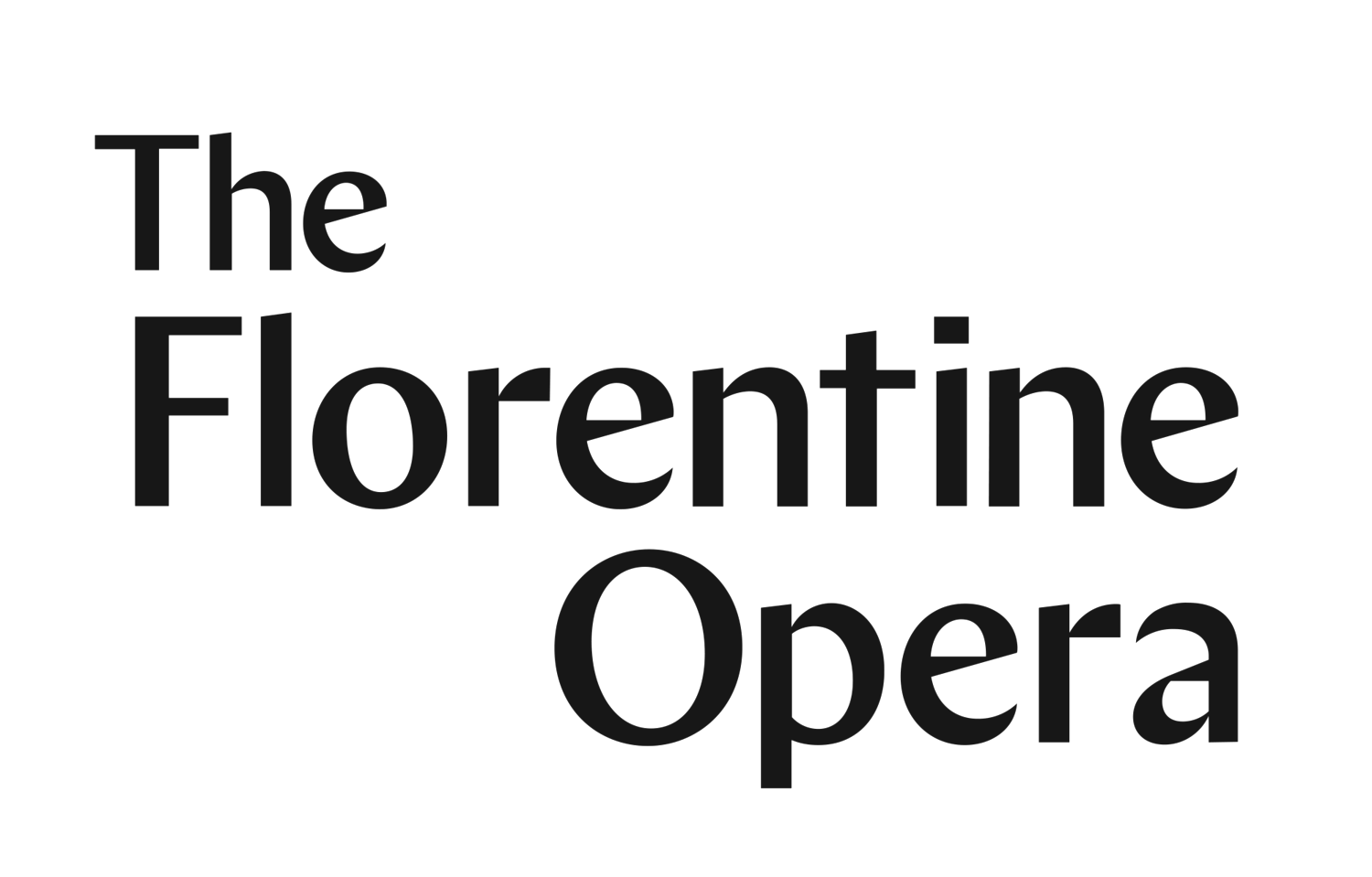Die Fledermaus
Need to Know
Die Fledermaus is an operetta by Johann Strauss II, aka Johann Strauss Jr. or the Younger, or the son. Much to his father’s frustration, Strauss the Younger pursued a career in music and eventually became known as "The Waltz King” composing over 500 waltzes, polkas, and other types of dance music.
There was a lot of family tension between Johann II’s and his father. His father didn’t want to compete with his son musically, wanting instead for his son to become a banker. Johann II’s passion for music pushed him to defy his father and even create a competing band. The tensions between the two even turned political and Johann Sr. actively worked to keep his son from succeeding.
Johann II was highly acclaimed in his time, both by popular culture and other composers such as Richard Strauss, Richard Wagner, and Johannes Brahms. He and Brahms were also good friends, in one story Brahms signed Adele’s (Johann II’s third wife) fan with a few measures of the Blue Danube Waltz with a note “Unfortunately, NOT written by Johannes Brahms.'"
Die Fledermaus is one of the most performed operettas that is part of the standard repertoire. Operettas, also known as “light opera”, are a sub-genre of opera that is often comical, includes spoken dialogue, and often elaborate dance numbers. Johann Strauss II’s Die Fledermaus, operas by Gilbert and Sullivan, Offenbach, and Lehar are create examples of this genre. Read more about Die Fledermaus from ClassicalFM
Read more about Johann Strauss II from ConnollyMusic.com and Classical Music San Francisco
The original Dirty Dancing!
Today, we consider the Waltz a classic ballroom dance, but at its origin, it wasn’t held in such high esteem. The dance, set in 3/4 time, originated around 1750 among the peasants and was considered lewd by the upper class and church. From Wine, Women, and Music: “Most importantly… before the waltz people never actually touched while dancing…’The men dancers held up the dresses of their partners very high so that they should not trail and be stepped on, wrapped themselves both tightly in the covering, bringing their bodies as closely together as possible, and thus whirling about went on in the most indecent positions.’”
Both Johann Strauss I and his son Johann Strauss II (composer of Die Fledermaus) mastered the composition of the Viennese Waltz. J. Strauss II popularized the waltz into what we recognize today, especially his great “Blue Danube Waltz”.
Pop those bottles!!!
As far as a pre-opera cocktails goes, Die Fledermaus has one that rules supreme and that’s the classic glass of champagne! This drink is the toast of the party and the plot device… or alibi, for the entire opera. So chill whatever champagne or sparkling wine (we aren’t picky!) you have at home and enjoy the show!
For safety sake and fun, here’s a quick tutorial about how to open those bottles!
Synopsis
Overview:
On New Year’s Eve 1899, Falke sets up an elaborate scheme to get revenge on his friend Eisenstein. The result is a story of love and forgiveness propelled by white lies, flirtation, and too much champagne! Cheers!
Full plot:
Read the full plot from the Met.
Stream the Opera
Royal Opera House 1983 Production starring Kiri Te Kanawa
Additional Listening
Arias
Adele’s aria: “Mein Herr Marquis” (Laughing Song)
Rosalinde’s aria: “Czsardas”
Prince Orlofsky’s aria: “Chacun a son gout”
Duets, Trios, and Ensembles
Rosalinde, Alfred, and Frank: Act I Duet and Trio
Prince Orlofsky, Eisenstein, Adele, & Ensemble: “Champagne Trio”
Ensemble: ACT II Finale (Champagne trio & finale Drink to Love)
Rosalinde and Eisenstein: “Watch Duet”
